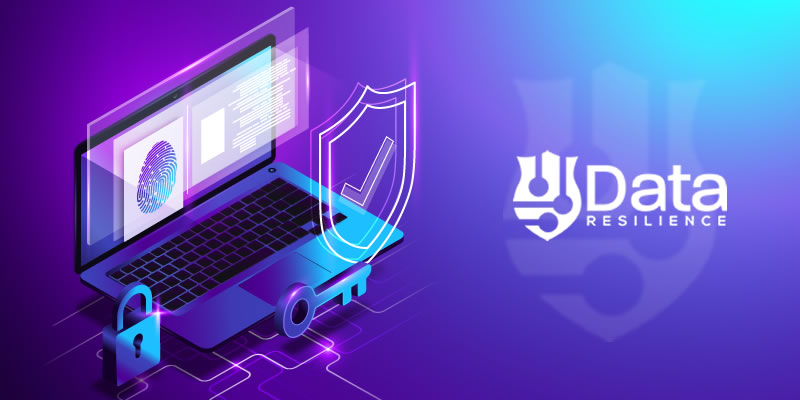Cyber-attacks are increasing every year, and now they impede the data security of both businesses and individuals. However, cyber-security awareness has also improved dramatically, especially among businesses, ensuring better data protection of client data and information, as well their own sensitive data.
The Australian government has even laid down Australian Privacy Principles legislation relating to good data governance. This alone has substantially helped businesses to understand how they should manage and protect data properly.
With data growth increasing rapidly year-on-year and the number of cyber-attacks also on the rise, it is high-time that businesses take pressing steps to increase data security and implement effective data management processes.
If you’re an entrepreneur or a business owner, then read ahead to know the top 6 security steps you need to take for better data protection:
1. Update Software & Security
Your IT department should regularly update all the IT hardware systems with security patches from external vendors: servers, desktops and other endpoint devices, network and storage arrays. This increases the security of these environments and further secures them from cyber-attacks.
Applying security patches also increases data protection from malware or viruses by repairing vulnerable and exposed points (which cyber-attackers may try to exploit).
2. Data Backup
Certain cyber-attacks, like ransomware, causes data to become inaccessible. This type of data breach has increased in recent times.
As a precaution, it is advisable to perform regular data backups so, even in the case of ransomware, you can reinstall all the data from a ‘bare-metal’ install, should the need arise.
Data backup can be performed using cloud services (‘backup-as-a-service’) as well as using on-premise secure storage devices.
3. Encryption
Before data sharing data externally, it should be encrypted to keep it protected & unreadable for malicious practitioners.
After sending the encrypted data, you can share the key with the concerned person. This will ensure that the data is not being intercepted by anyone unexpected.
This method is one of the most secure ways of data sharing.
4. Secure Remote Access
In the case of employees working remotely, ask your IT management team to install a secure Virtual Private Network (VPN) for the employees to use.
This will add a layer of security which will help in better data protection for your company, its staff and clients.
Portable data should always be encrypted. This will allow access to that particular employee only and avoid data interception by cyber-attacks.
5. Unique Passwords
Set unique passwords for each account which you operate for business. This includes passwords given to your employees.
Ensure that passwords expire frequently and force users to change them regularly; this will help secure data from malicious practices. Also keep in mind the security level of the passwords, the higher the better.
6. Data Access Roles
You should also limit the number of access points to your important data. This means giving access to a limited number of people or to concerned employees only.
This increases data security from internal misuse and limits the number of failure points for cyber-attackers to use.
Conclusion
Data has become a crucial commodity for businesses. And theft or loss of data can cause significant business impacts. Which is why businesses need to follow certain guidelines to increase data protection from cyber-attacks.
For more information, visit www.dataresilience.com.au or drop us a note at [email protected]


